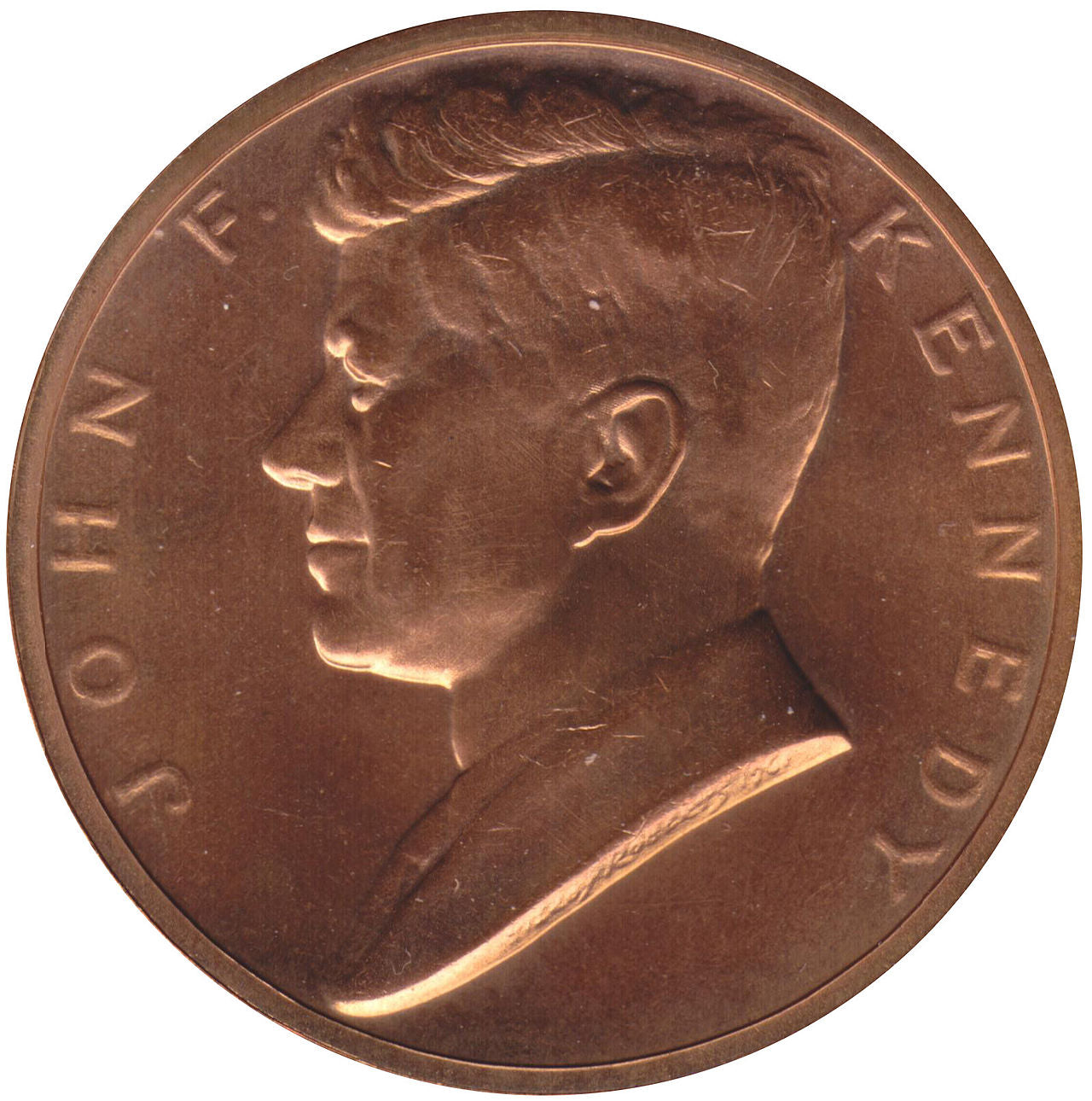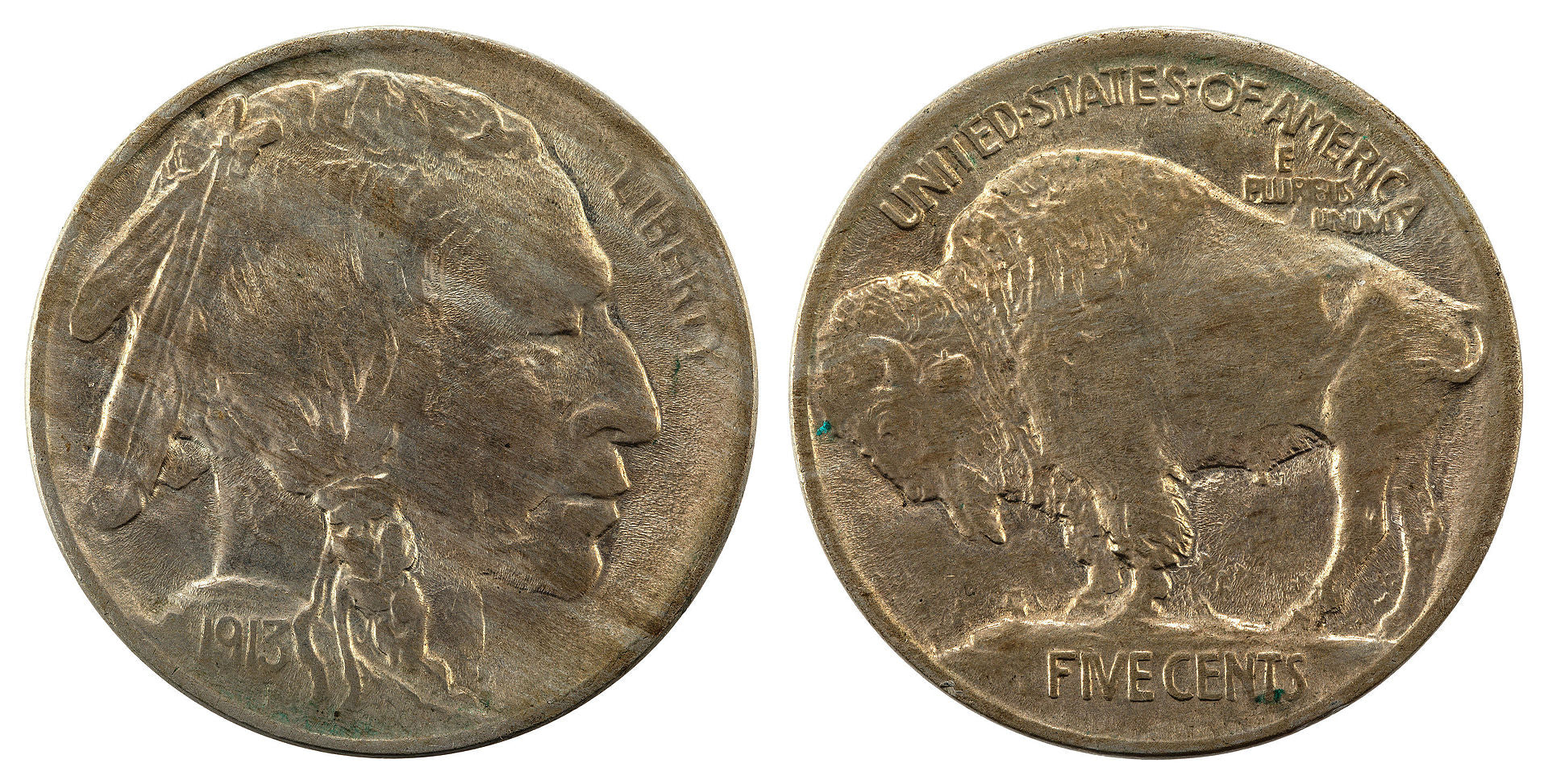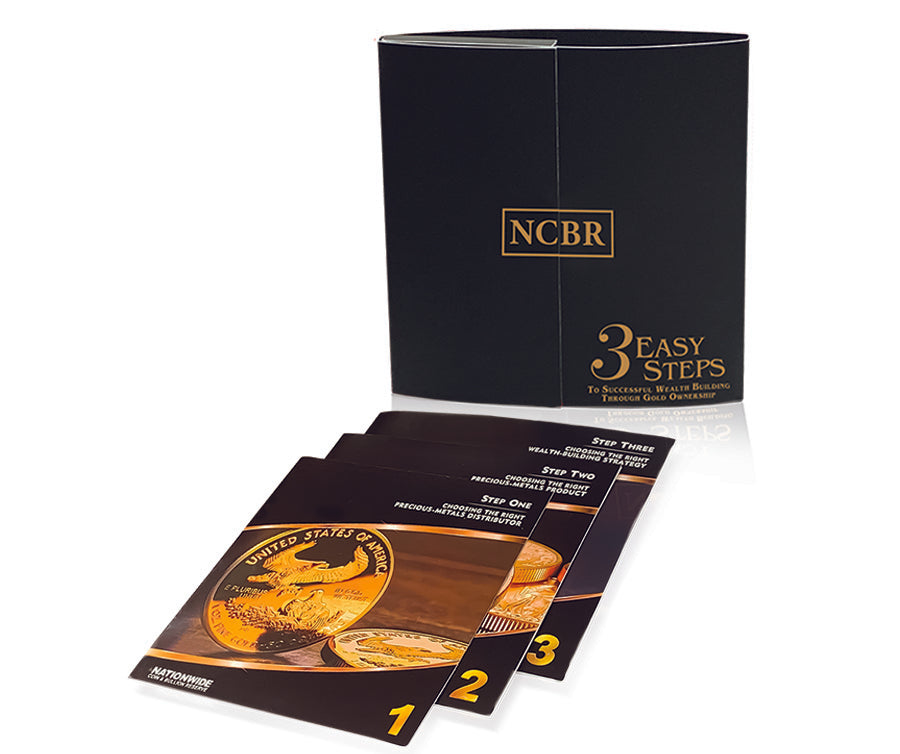Released following the tragic assassination of President John F. Kennedy, this coin holds immense historical significance. Minted in honor of the beloved president, its issuance in 1964 became an emotional commemoration and tribute to Kennedy's legacy. The unique circumstances surrounding its production make this coin a poignant relic of American history.
Gilroy Roberts, who served as the chief engraver of the Mint from 1948 to 1964, crafted the design on the front side of this coin. You can find his stylized initials on the truncation of the powerful bust of President John F. Kennedy. On the reverse side, the design is the creation of Frank Gasparro, who became the chief engraver in February 1965.
The reverse side of the coin features the distinguished Presidential Seal design. This emblem showcases an eagle holding an olive branch in its left talon and 13 arrows in its right talon. Positioned in front of the eagle is a shield, while a ring adorned with 50 stars surrounds the entire design.
This meticulously crafted design holds profound symbolism:
- The eagle, a revered national symbol, embodies strength and dignity.
- The olive branch grasped by the eagle signifies peace, while the cluster of 13 arrows represents the nation's preparedness for defense or conflict.
- The shield symbolizes the protection and safeguarding of the nation's values and principles.
- Encircling the design, the ring of 50 stars signifies the unity and representation of each of the 50 states within the United States of America.
These coins were minted in various locations: Philadelphia, Denver, San Francisco, and West Point.
Silver Content and Composition
One of the pivotal reasons for the rarity of the 1964 Kennedy Half Dollar lies in its silver content. Unlike subsequent releases, the 1964 edition consists of 90% silver. This marked a transition in the composition of circulating coinage, as it was the last regular-issue circulating U.S. coin to contain such a high percentage of silver. The intrinsic value of the silver content alone makes this coin highly sought after by collectors and investors alike.
The composition of the John F. Kennedy half dollar varied across different years:
- 1964: Comprised 90% silver and 10% copper.
- 1965–1970: Featured an outer layer consisting of 80% silver and 20% copper, clad to a core composed of 79% copper and 21% silver. This composition totaled to 60% copper and 40% silver.
- From 1971 to date: The outer layer consists of 75% copper and 25% nickel, clad to a pure copper core.
Condition Rarity and Collectible Grades
The condition rarity of the 1964 Kennedy Half Dollar significantly impacts its scarcity. Coins preserved in pristine condition, earning high grades on the Sheldon Scale such as MS-65 or above, are particularly rare and command premium value in todays market. Finding such coins in excellent condition becomes increasingly challenging, thereby enhancing their rarity and desirability among collectors.
Market Demand and Collector Interest
The enduring fascination and widespread collector interest in the 1964 Kennedy Half Dollar also contribute to its rarity. Coin enthusiasts and history lovers continually seek this coin to add to their collections or portfolios. The sustained demand further accentuates its scarcity in the market.
Conclusion
In conclusion, the rarity of the 1964 Kennedy Half Dollar emerges from its profound historical significance, silver content, limited mintage, condition rarity, and persistent collector demand. This combination of factors solidifies its position as a cherished and prized coin.
Real Time Precious Metals Data Below







